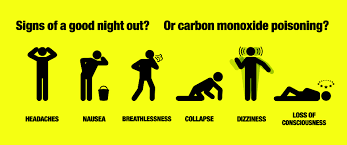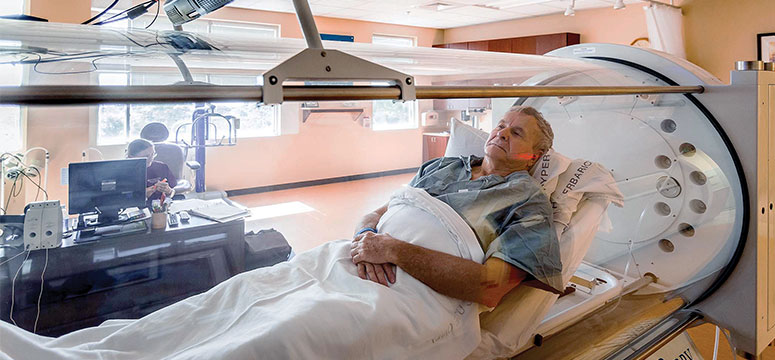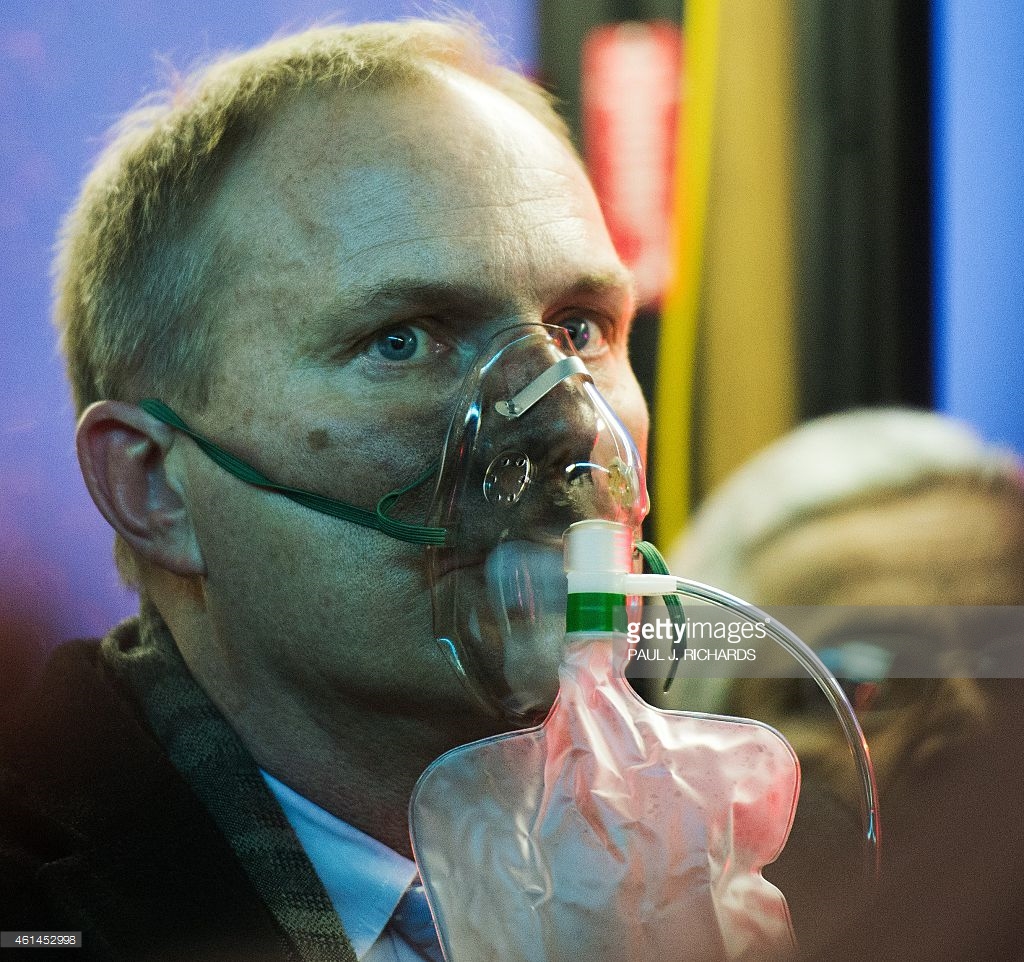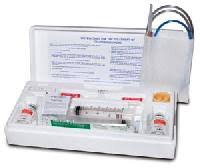Case: Pediatric patient arrives after being overzealous on his bicycle with the following wound.

The first thing you do is recognize the sign. The second thing you do is ask to look at a video of what happened.
What we see above is the handlebar sign. It can present either as a longitudinal pattern of the bicycle handlebars strike the abdomen in collision or it may be a circular wound from the end of the handlebar impaling the abdomen.

Management:
An estimated 10% of bicycle injuries are related to contact with handlebars. Hemodynamically unstable patients should raise consideration for injury to the IVC or other abdominal vascular structures.
Your trauma survey places a lot of importance on the chest xray which can show diaphragmatic rupture or significant viscous perforation early on. Early laparotomy should occur in unstable patients, patients with significant peritonitis, or free air on x-ray.

Patients with isolated injuries to the abdomen, a negative FAST, normal labs (including LFTs/lipase/UA), and clinical improvement over 24 hours are safe for discharge.
Persistent LUQ pain that radiates to left shoulder during serial exams will generally require further investigation including advanced imaging like CT with IV contrast. If bilious vomiting ensues 24-48 hours after injury, consider a duodenal hematoma as hollow viscous injuries are rarely seen on CT scans.

Splenic injuries require serial hemoglobin/hematocrits, serial abdominal exams, and bed rest. Grades 1-4 are non-operative per American Pediatric Surgical Association. Splenectomy is rarely required though vaccination for encapsulated bacteria should be performed in the setting of severe injuries.

Read More: Gutierrez IM, Ben-Ishay O, Mooney DP. Pediatric thoracic and abdominal trauma. Minerva Chir 2013;68:263-274.
Puskarich MA, Marx JA: Abdominal Trauma, in Marx JA, Hockberger RS, Walls RM, et al (eds): Rosen’s Emergency Medicine: Concepts and Clinical Practice, ed 8. St. Louis, Mosby, Inc., 2014, (Ch) 46:p 459-478,
Teisch LF, Allen CJ, Tashiro J, et al. Injury patterns and outcomes following pediatric bicycle accidents. Pediatr Surg Int 2015;31:1021-1025.








